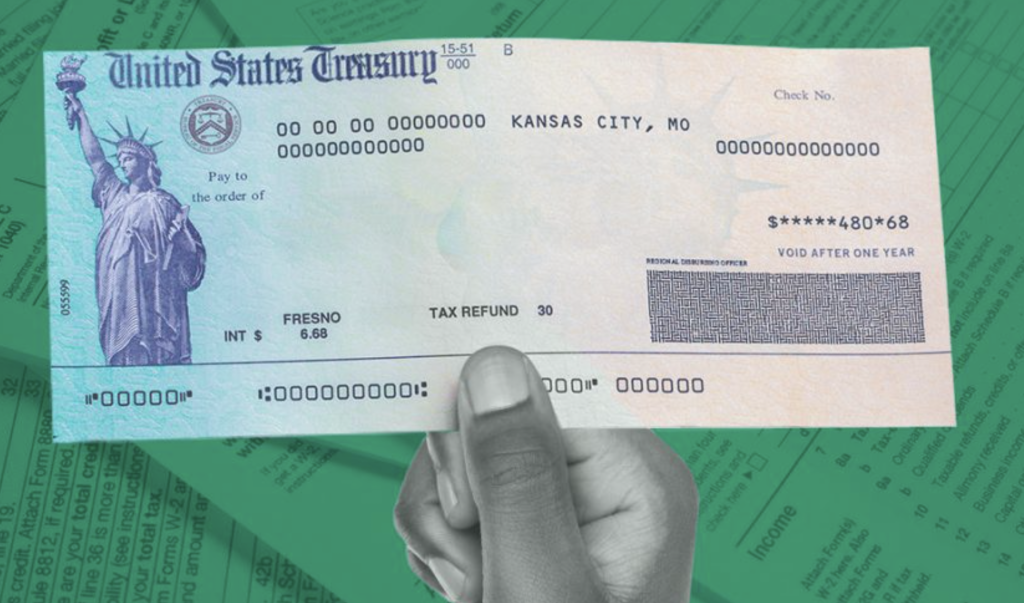Every year, when tax time rolls around, you need to figure out whether you’re going to owe money to the IRS or get a refund. If you learn you owe money, it might make sense to look into tax debt consolidation. This option allows you to combine multiple tax debts into one, easy-to-manage loan, which may save you financial hardship.
However, if you paid your taxes diligently during the year on the income you made, it’s possible you could be in line to get money back. If so, you’re probably eagerly anticipating how much it will be and what you might do with that cash infusion.
If you know that a refund is coming, you probably want to know when you can expect it. We’ll talk about tax refund timelines right now.
The Basics
The IRS states that most Americans who are getting money back after they file their taxes can expect to see it in 21 days or less. That’s good news since it means you should have that cash to spend however you’d like in less than a month.
To see that money promptly, though, you’ll need to do two things. The first is to submit electronic tax forms, and the second is to ask for a direct deposit of your refund.
Electronic Tax Form Submission
It takes the IRS much longer, on average, if you submit a paper tax return to issue a refund than it does if you submit an electronic return. Submitting an electronic tax return is usually easier for both you and the agents at the Internal Revenue Service.
E-filing is usually pretty easy, especially if you use one of the various tax software suites or companies that can handle it for you. If your taxes are not very complicated, you can probably handle them yourself. If you don’t feel that you can manage it, you can hire a company to do it for you.
Direct Deposit
Requesting direct deposit rather than a paper check sent through the mail is the other aspect of this formula, assuming you want that refund within the designated 21 days. You need an active bank account to receive a direct deposit.
Direct deposit is usually considered a more secure way of doing things since a check can always get lost in the mail. Also, it costs you nothing.
Potential Slowdowns
If you ask for a paper check, it can take the IRS up to six weeks to mail it to you. Also, if you submit a paper tax return, you’re looking at approximately double the time to receive the money versus when you’d get it if you submit your return electronically.
There are other times you might have to wait longer to get your refund. If you claimed an Additional Child Tax Credit or the Earned Income Tax Credit, that can slow down your return. Both are legal, but the IRS will have to scrutinize your earnings and familial situation to see if they agree with your decision to claim those credits.
Delays might also arise if the IRS suspects fraud or identity theft. An incomplete tax return or mistakes made on your return will also slow down your refund.
Direct Deposit and Electronic Filing Are Key
If you want to get your refund within 21 days, the way to do it is normally to file electronically and request a direct deposit into your bank account.
Mailing the IRS your tax return can double the time until you receive your refund. Asking for a paper check will lengthen the time as well.
Taking the Earned Income Tax Credit or the Additional Child Tax Credit can slow down the proceedings. Mistakes, incomplete returns, fraud, or identity theft suspicion can also mean delays.
If you’re mindful of these factors, you should be able to set yourself up to receive the fastest possible tax refund.




